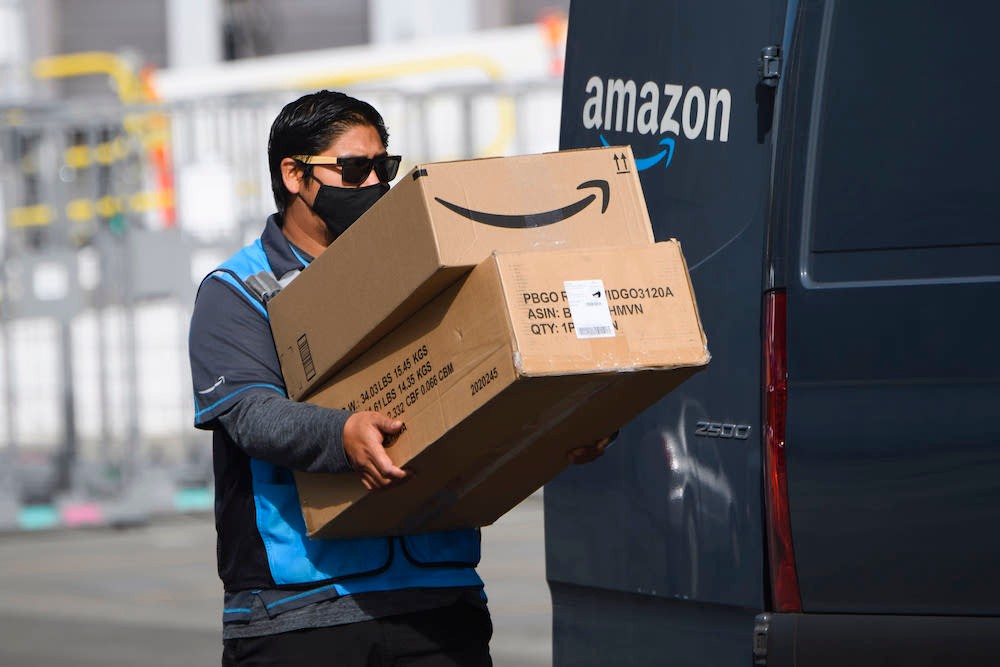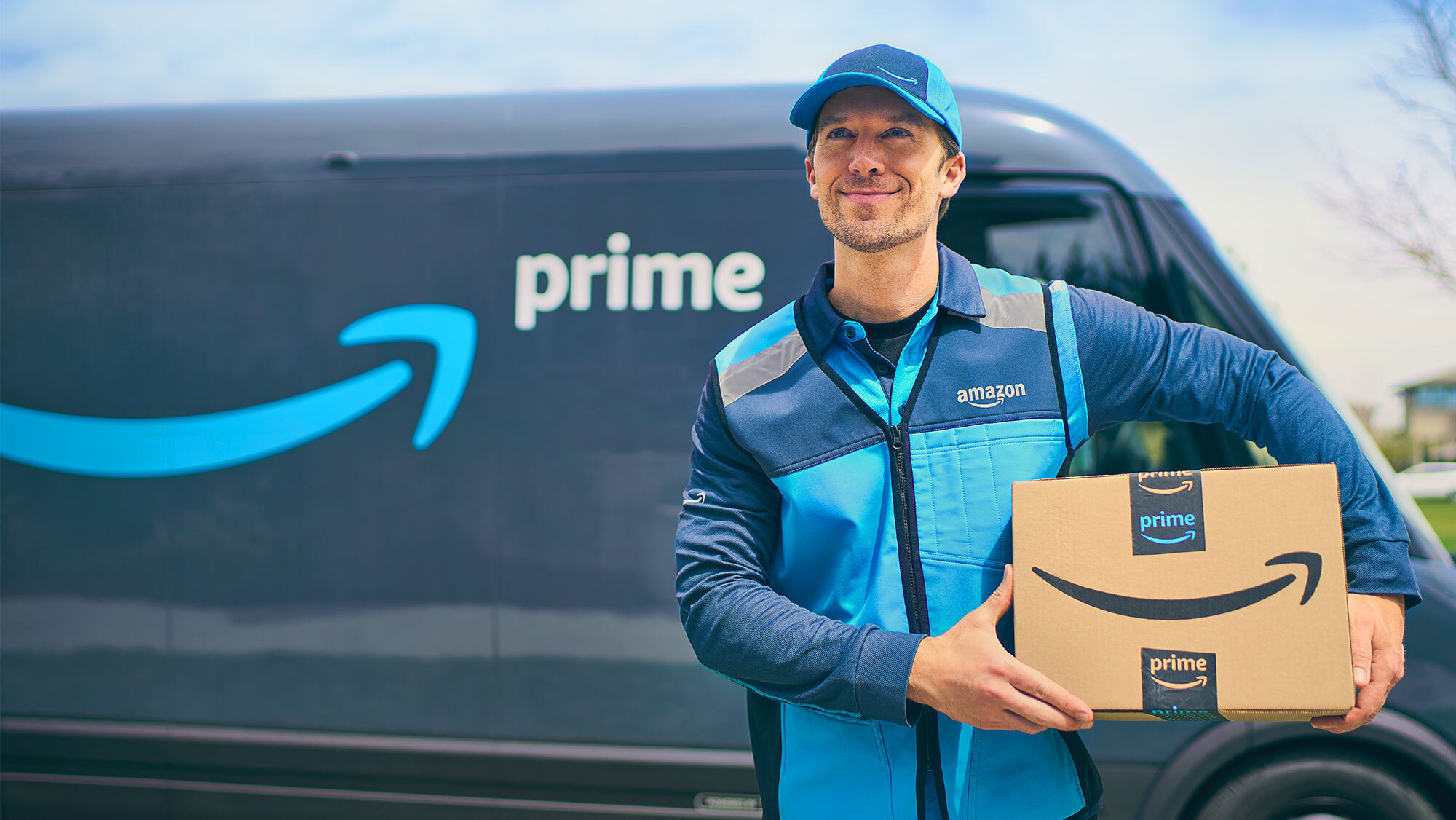Jobs Delivering Packages For Amazon

The rise of e-commerce has dramatically reshaped the landscape of logistics and delivery services, with Amazon playing a central role. One prominent aspect of this transformation is the emergence of various job opportunities centered around delivering packages for the retail giant. These roles, ranging from independent contractors to employees of Delivery Service Partners (DSPs), have become increasingly visible in communities across the nation.
These opportunities represent a significant shift in the labor market, offering both potential benefits and drawbacks for workers and the broader economy. The expansion of Amazon's delivery network has implications for employment trends, working conditions, and the overall efficiency of last-mile delivery.
The Amazon Delivery Ecosystem
Amazon's delivery network comprises several key components. The company utilizes its own fleet of vehicles, airplanes, and sorting centers, but it also heavily relies on external partners to handle the final stages of package delivery. This is where independent contractors and DSPs come into play.
DSPs are small businesses that partner with Amazon to manage a fleet of drivers and deliver packages within a specific geographic area. Amazon provides the DSPs with resources like vehicles, technology, and training, while the DSPs are responsible for hiring and managing their own drivers.
Independent contractors, often referred to as Amazon Flex drivers, use their own vehicles to deliver packages on a flexible schedule. These drivers typically pick up packages from a designated Amazon facility and deliver them to customers within a defined area.
Job Opportunities and Compensation
The types of delivery jobs available through Amazon vary depending on the specific role. DSP drivers are typically considered employees of the DSP and are eligible for benefits such as health insurance and paid time off, although the specific benefits package can vary from DSP to DSP.
Amazon Flex drivers, as independent contractors, are not entitled to the same benefits as employees, but they have more flexibility in terms of scheduling. Compensation for both DSP drivers and Amazon Flex drivers is typically based on factors such as the number of packages delivered, the distance traveled, and the time of day.
Reports on average earnings for Amazon Flex drivers are varied, with some suggesting a range of $18-$25 per hour before expenses. However, these figures often don't fully account for costs such as gas, vehicle maintenance, and self-employment taxes.
Challenges and Concerns
While Amazon delivery jobs offer opportunities for employment and income, they also present certain challenges. One of the main concerns raised is the demanding nature of the work, which can involve long hours, tight deadlines, and physically strenuous tasks.
There have been reports of drivers feeling pressured to meet delivery quotas, leading to concerns about safety and well-being. Another concern is the potential for misclassification of workers, with some arguing that Amazon Flex drivers should be classified as employees rather than independent contractors, entitling them to additional benefits and protections.
The rise of Amazon's delivery network has also had an impact on traditional delivery companies, such as UPS and FedEx. These companies have had to adapt to the changing landscape by investing in new technologies and delivery strategies to remain competitive.
Impact and Future Trends
The continued growth of e-commerce is likely to further fuel the demand for delivery services. Amazon is expected to continue expanding its delivery network, creating more job opportunities in this sector.
As the industry evolves, there will be increased scrutiny on working conditions and compensation for delivery drivers. Furthermore, automation and the use of drones are likely to play a more prominent role in the future of last-mile delivery, potentially impacting the types of jobs available and the skills required.
The long-term impact of Amazon's delivery network on the labor market and the broader economy remains to be seen, but it is clear that this trend is reshaping the way goods are delivered and the nature of work in the logistics industry.


















